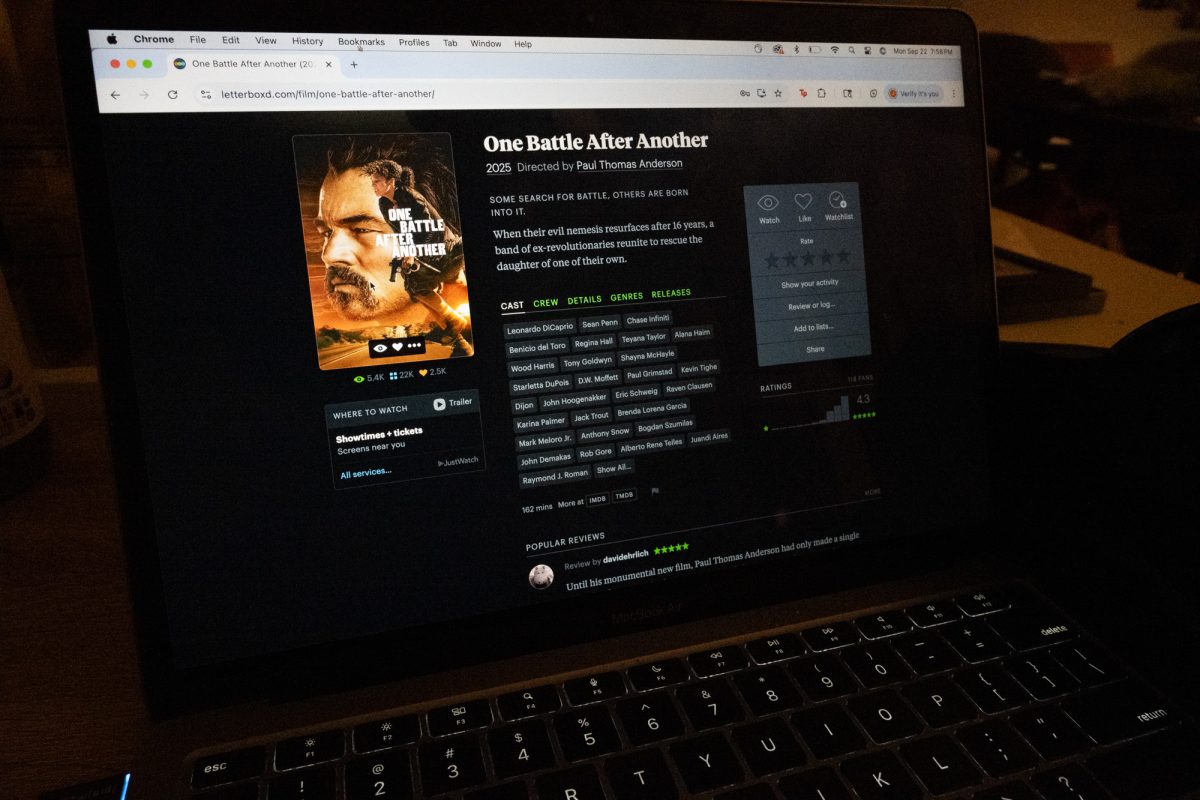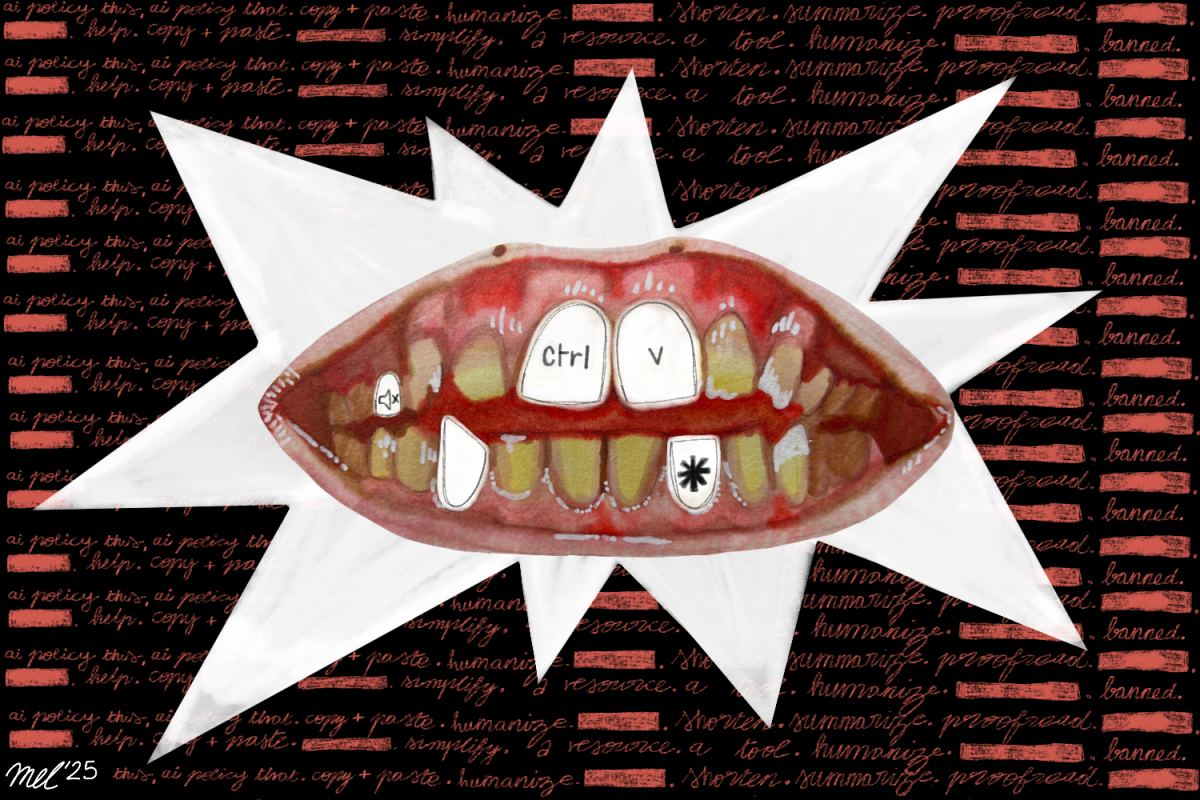After batting around between run-of-the-mill ’90s talk shows, Jon Stewart landed the most important gig of his career as host of “The Daily Show” in 1999. He quickly established himself as an influential voice with his signature biting political and social commentary.
From the start, though, Stewart was a confusing figure for some in the media. Too brainy to be a standard comedian, and too funny to be a standard newsman.
His illustrious decades-long career leaves the question of is he the best late-night host of the 21st century, or is he the best broadcast journalist of the 21st century?

This question is one that Stewart’s tried to avoid in his days since starting “The Daily Show,” but answering it is key to understanding who he actually is.
I honestly believe that he may be both. That shared talent doesn’t make sense to audiences or the media. There’s no way Jimmy Fallon could ever host “Meet The Press,” and there’s no way Chuck Todd could ever host the “Tonight Show.” But Stewart could probably do both jobs and do them both pretty well.
From the time he came to prominence, the mainstream media could not place him. One such instance of this misunderstanding happened spectacularly, and loudly, on the CNN show “Crossfire.”
For those who never saw the show, “Crossfire” was sort of like if all of the worst aspects of cable news had come to life and wouldn’t stop screaming at you through the television. The show was hosted by two politically opposed talking heads and embraced the divisive nature of modern political discussions. At the time of Stewart’s appearance, those pundits were Tucker Carlson and Paul Begala, a former Bill Clinton advisor.
Stewart’s appearance was so disastrous for the network that three months after his appearance on the show, it was canceled. The head of CNN said the network’s editorial outlook would have to change and that he agreed with Stewart’s criticisms of the show.
The entirety of Stewart’s appearance is well worth the watch. But the main story of his appearance was that the two hosts misunderstood what Jon Stewart was going to say when he appeared on the show. At the beginning of the appearance, Begala and Carlson seem ready to take the conversation towards a political brawl, the way most “Crossfire” episodes went.
But Stewart comes out and does not take the side of either host and instead, attacks both hosts and the entire premise of the show — saying, among many other things, that “Crossfire” was “hurting America.”
Begala and Carlson, confused and angered by this, decided to gang up on Stewart and go to war for the show. They lost that war and, eventually, their jobs too. Begala and Carlson made the same mistake with Stewart that much of the media continually makes: they tried to put him in a box.
The media’s confusion with Jon Stewart has not changed in passing years.
Stewart’s new show “The Problem” with Jon Stewart premiered at the end of September on Apple TV+, and was met with mixed reviews.
In a style similar to the programming from “Daily Show” alumni like John Oliver and Samantha Bee, the show centers around a single topic. Stewart first delivers a monologue on the issue, then Stewart speaks to stakeholders of the issue. For example, in his first episode about the health effects of burn pits on veterans from the War on Terror, Stewart speaks to a panel of veterans and their families on the issue.
The new show is a lot less funny than his run on “The Daily Show.” This is not to say that the jokes in the show aren’t landing, but rather that there are far fewer jokes.
This style may be jarring for some viewers and critics. The transition from hard-hitting discussion of serious and somewhat depressing topics to a funny bit is not always seamless.
The show has seen a mixed reception from television critics who seemingly can’t understand the purpose of the show, whether it’s supposed to be funny or serious.
Looking at just the headlines, the confusion is apparent.
“Who is the Problem with Jon Stewart for?” The Daily Beast asks.
“Full of righteous rage but not very funny,” says The Guardian.
“Jon Stewart’s new show epitomizes the era of no-fun TV,” says The Globe and Mail.
The media has run into the same problem the hosts of “Crossfire” did — it’s hard to find a good box to put Stewart in.
Everyone fails to understand what Stewart is trying to do and who he is. To use an overworked phrase, he’s somewhat of an enigma. He’s a comedian, but he’s serious sometimes. He’s a journalist, but he’s funny sometimes.
The problem with Jon Stewart, to copy his show’s branding as many ‘cute’ article titles have, is that only Jon Stewart knows what Jon Stewart is doing. Only he can answer the question of whether he’s a comedian or a journalist.
Whichever one he really is, he’s pretty damn good at both.
The media, as a whole, is a lot like “Crossfire.” As Paul Begala described it in the intro to the show, “our show is all about black versus white, left versus right, paper versus plastic, Red Sox against the Yankees.” Putting people in a particular space in the world and then sewing division between those spaces is the media’s bread and butter.
But what is special about Jon Stewart, in my opinion, is that he refuses to play this game. Jon Stewart is not divisive, meaning he doesn’t make an argument for argument’s sake. He believes the things he says on the show and isn’t trying to rile anyone up.
I think we all ought to be a lot more like Jon Stewart and a lot less like “Crossfire.”














































































































